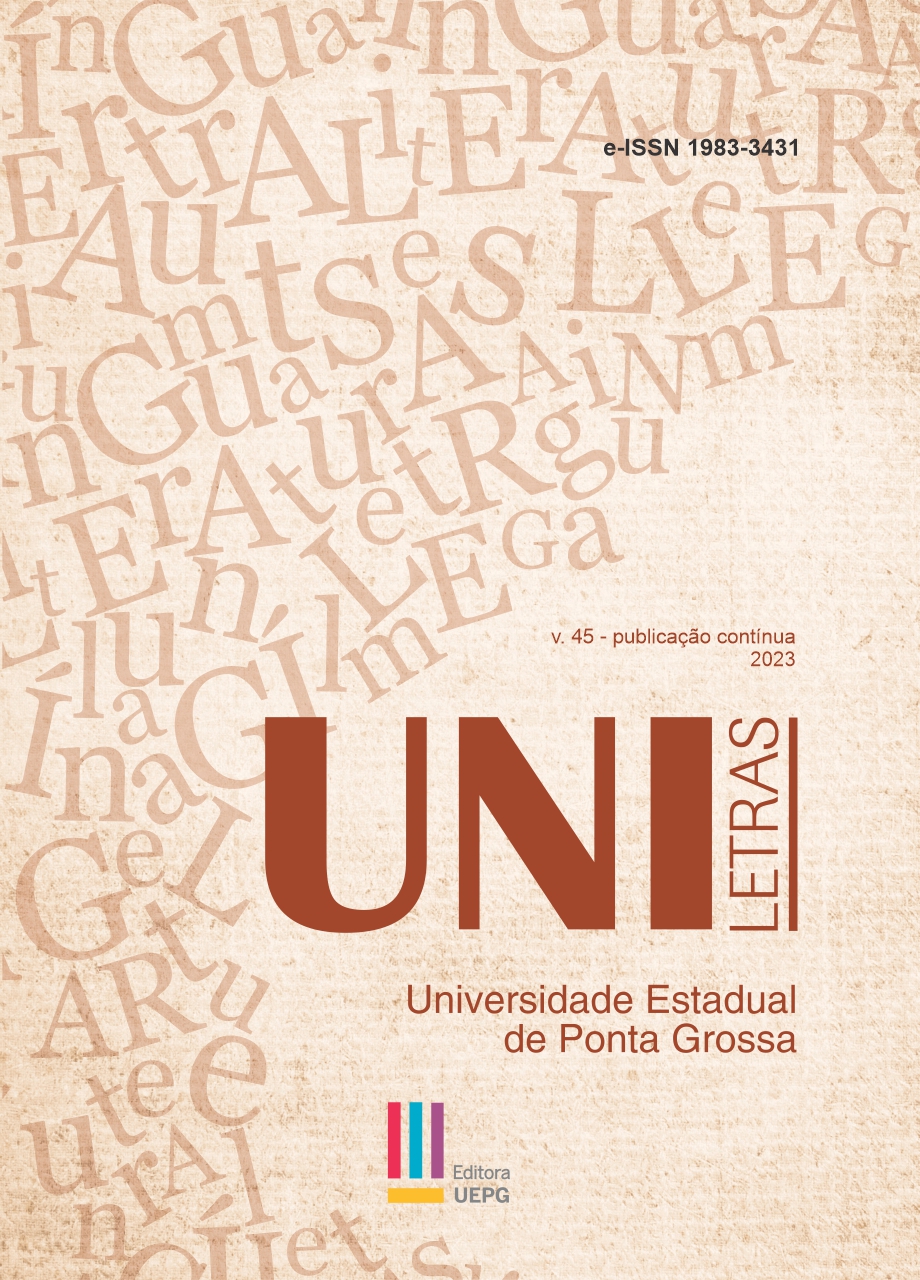THE CRIME OF RAPE IN BRASIL: A SOCIODISCURSIVE ANALYSIS OF THE AUDIENCE OF THE MARIANA FERRER CASE
Abstract
The crime of rape, which has women as its main victims, is a crime that affronts the sexual and moral dignity of human beings, and has led many people, victims of abusers, to seek justice through the penal system. This article aims to analyze excerpts from the hearing of the process involving Mariana Ferrer and André de Camargo Aranha, in 2019, in order to understand how, over the years, the representation of the victim of this crime was constructed, and how this can influence court decisions today. For this analysis, we used Fairclough’s Critical Discourse Analysis (2001) and Thompson’s modes of operation of ideology (1995) as a theoretical methodological framework. The analysis showed that the inequalities in the roles culturally imposed on men and women influence the legal treatment of the subject, making it difficult to apply justice in cases of rape crimes.
Downloads
Downloads
Published
Issue
Section
License
Authors that publish in the journal agree with the following terms:
a) The authors keep the copyright and grant to the journal the rights of the first publication, with the work simultaneously being licensed under the Creative Commons Attribution License that allows the sharing of the work with the recognition both of the authorship and the initial publication in this journal.
b) This journal provides immediate public access to all of its content, following the principle that making scientific knowledge freely available to the public provides greater worldwide democratization of knowledge. For more information about this approach, visit Public Knowledge Project, a Project that developed this system to improve the academic and public quality of research, distributing OJS as well as other softwares to support the publication system to public/open access to academic sources. Names and e-mail addresses in this website will be used exclusively for this journal purposes, not being available for other ends.

This work is licensed under a Creative Commons Attribution 4.0 International License.





